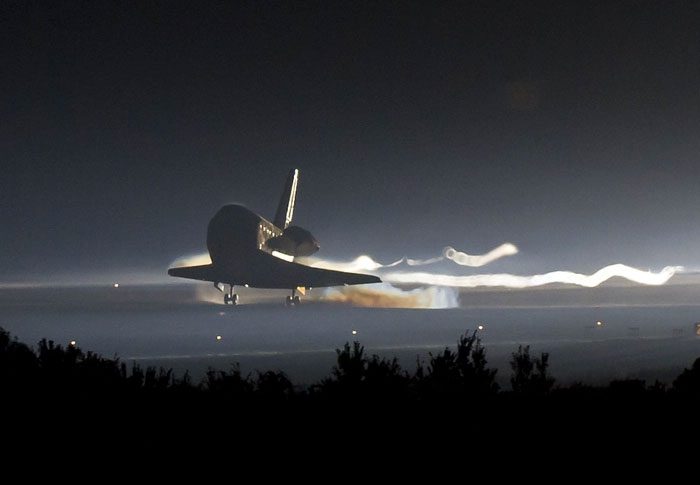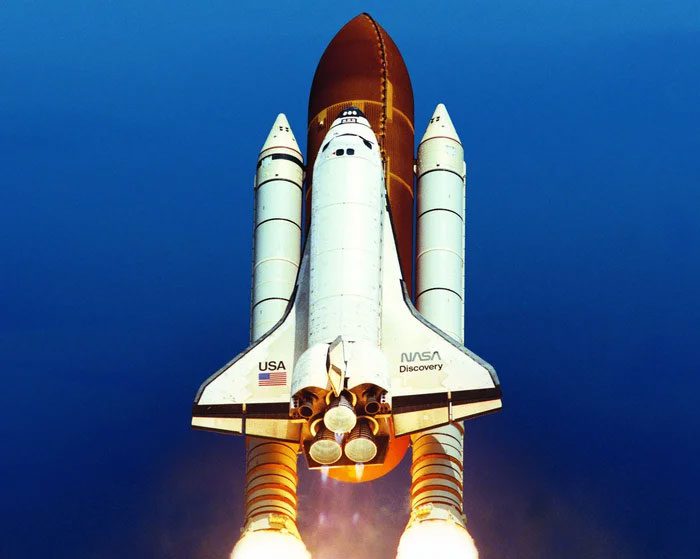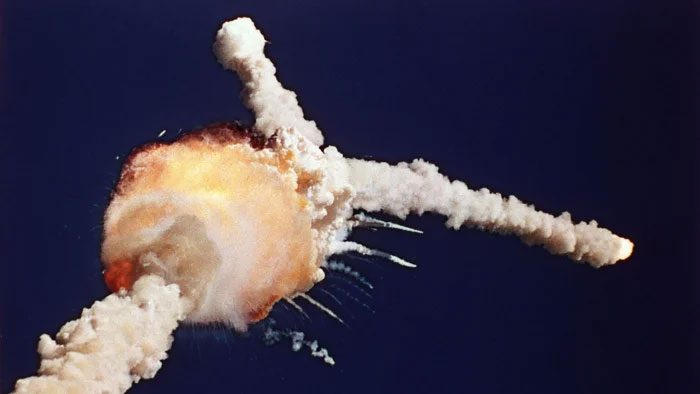The Space Shuttle is a type of spacecraft designed to carry cargo or humans into space.
The space shuttle we are referring to here is the crewed spacecraft designed for low Earth orbit that can be reused, including NASA’s Space Transportation System (STS). On July 21, 2011, Atlantis successfully returned to the Kennedy Space Center in Cape Canaveral, Florida, after completing NASA’s final shuttle mission (STS-135), serving the United States for approximately 30 years. This program wrote an unforgettable and glorious chapter in humanity’s space exploration efforts, but at this moment, those achievements have been relegated to history.
So why did the era of the space shuttle come to an end?

Space shuttles were retired from operation after the final flight of Atlantis in 2011.
1. Excessive Costs
In the mid-20th century, the Apollo program achieved remarkable successes, but the massive Saturn V rocket (costing up to $180 million) used for lunar landings was not reusable. Therefore, the United States began developing a reusable spacecraft to provide a lower-cost vehicle for transporting humans and cargo into Earth’s orbit.
Thus, the shuttle project was born. However, everything unfolded far beyond the initial calculations of the scientists. The average cost for each shuttle launch was between $450 million to $800 million. The final launch in 2011 cost $1.5 billion, and the entire project consumed nearly $30 billion, much more than initial estimates. The basic costs included:
- Two shuttles, one for launching and one on standby;
- Single-use fuel containers, costing $78 million each;
- Fuel tank refill costs of $1.4 million per instance;
- Completely refurbished solid rocket boosters costing $46 million per pair;
- Maintenance, $200 million per flight;
- Costs for assembly, transportation to the launch pad, payload installation, pre-launch maintenance, labor costs,…
The total cost to send 1 kg of cargo into Earth’s orbit amounted to approximately $54,000. Consequently, launching satellites into orbit became significantly cheaper using traditional rockets (under $3,000 per kg).

The Space Shuttle never fulfilled its promise of low-cost access to space.
The main premise for the low-cost estimates when the shuttle project was established was that the spacecraft could return to Earth to minimize costs like development, production, maintenance,…
From actual operations, the fastest turnaround time in the history of the shuttle program was 54 days. After the Challenger disaster, the fastest turnaround time was 88 days, nearly ten times the initial estimates.
Longer turnaround times meant fewer flights launched (the original plan was 100 flights for each shuttle, but in reality, the three shuttles only completed between 25 and 39 missions). Thus, the shuttle never fulfilled its promise of low-cost access to space.
2. Safety Issues
In fact, there have been two space shuttle accidents in history, which not only resulted in the loss of two shuttles but also claimed the lives of 14 astronauts. Although the shuttle launch failure rate was similar to that of other launch vehicles, the associated risks led to substantial economic damage. As a result, this once again eroded public confidence in the shuttle program.

The reason for the program’s cancellation was the high costs of missions and two tragedies that killed 14 astronauts: the Challenger explosion during launch on January 28, 1986, and the Columbia disaster, which disintegrated upon re-entry into Earth’s atmosphere in 2003.
|
In reality, there are three different types of shuttles. The United States shuttle was streamlined to fly into Earth’s orbit, and then the core engines would be installed in orbit to reduce costs by reusing the main engines. The Soviet Blizzard shuttle relied entirely on super-powered boosters to lift it into the sky, lacking main engines in orbit; instead, it only had a small orbital maneuvering engine used for insertion into orbit and movement. It is a versatile crewed spacecraft that can transport large cargo and is reusable. The final type is the European Hermes shuttle, which is entirely mounted on top of a rocket and launched into space as a crewed spacecraft. Its final version will completely remove the payload bay and focus on being a reusable crewed spacecraft. Even the docking port, airlock for spacewalks, and the orbital maneuvering engines are placed in a detachable resource module that can be removed before returning to Earth. The common feature of these three shuttles is that they launch vertically and can then return to Earth and land horizontally on a runway. |





















































